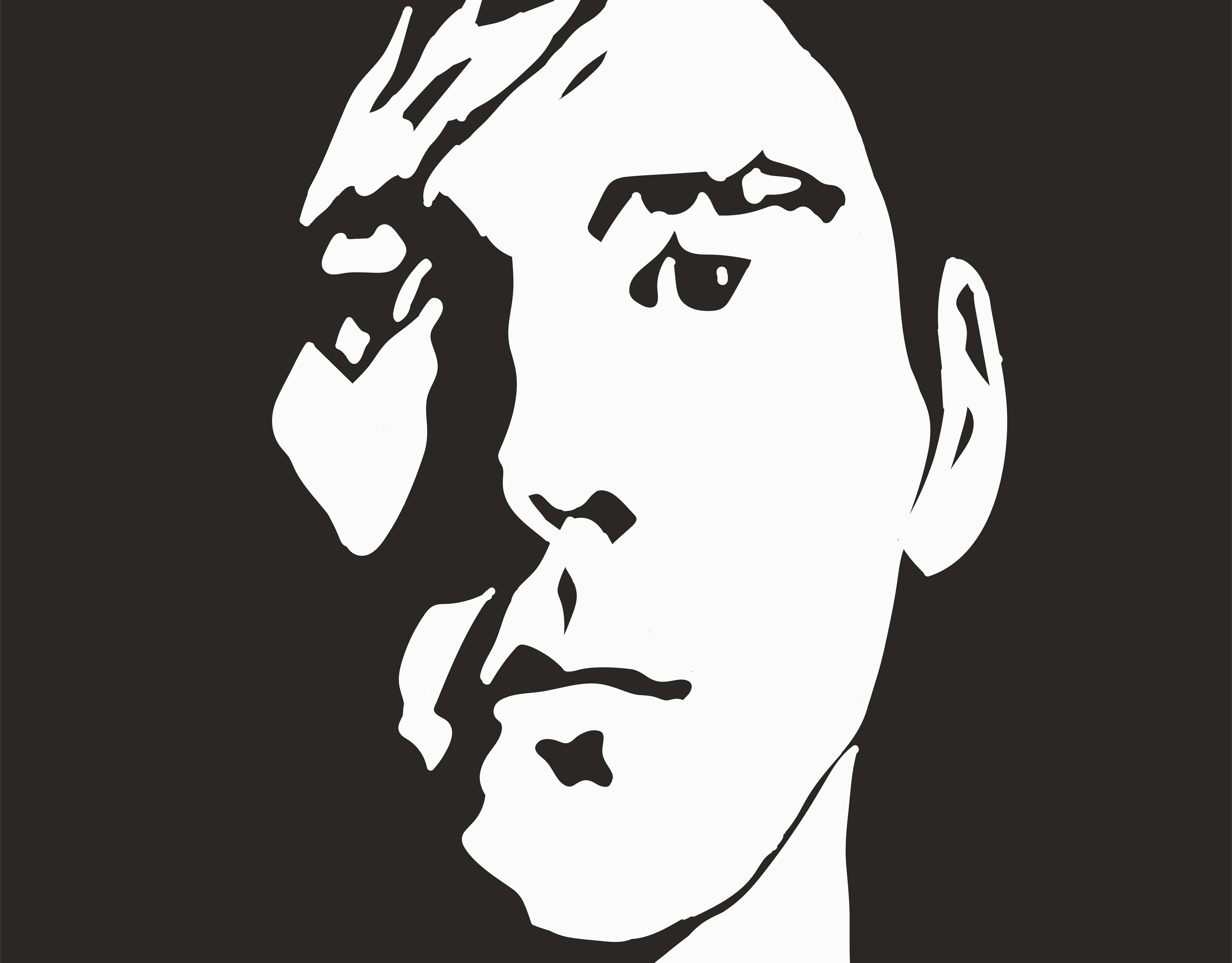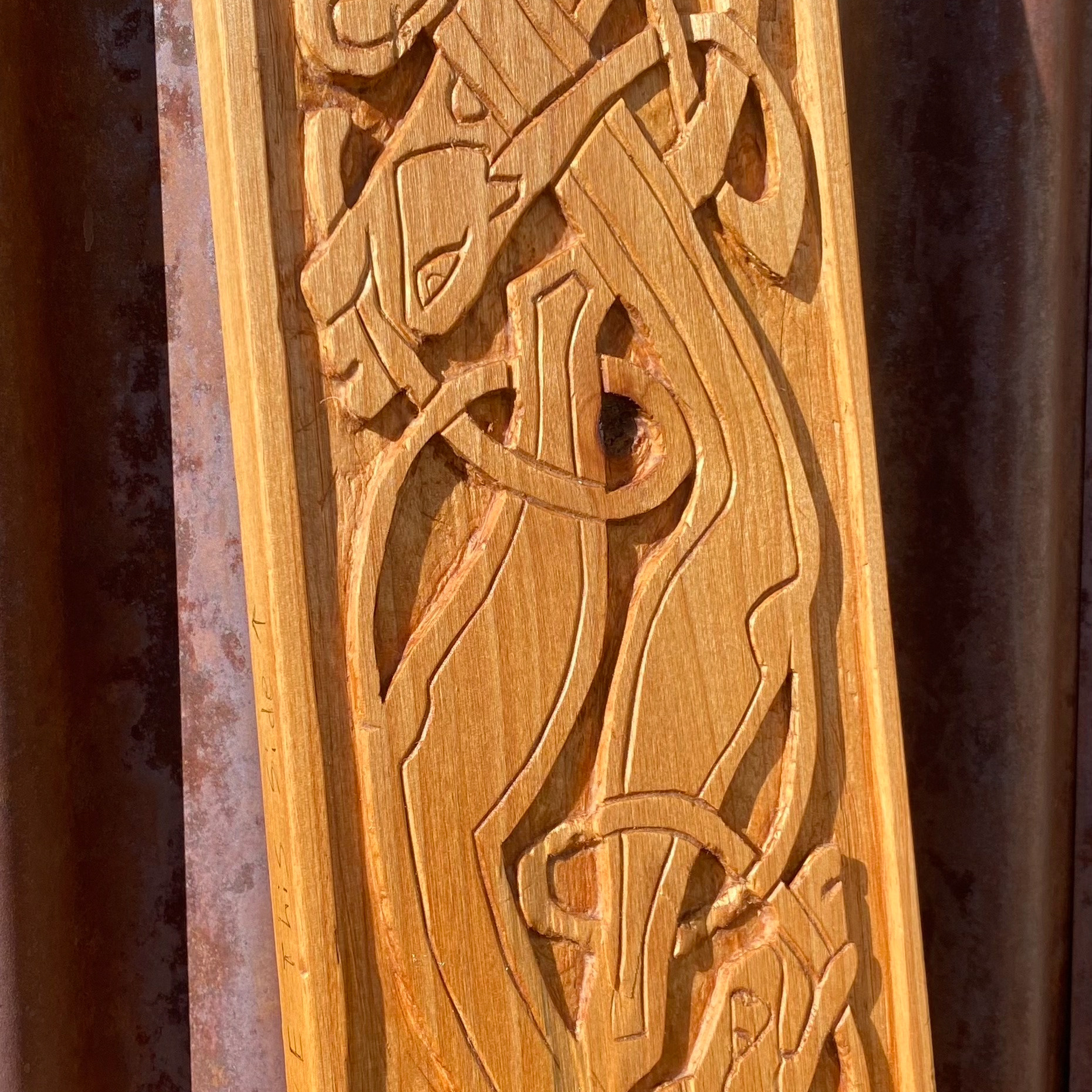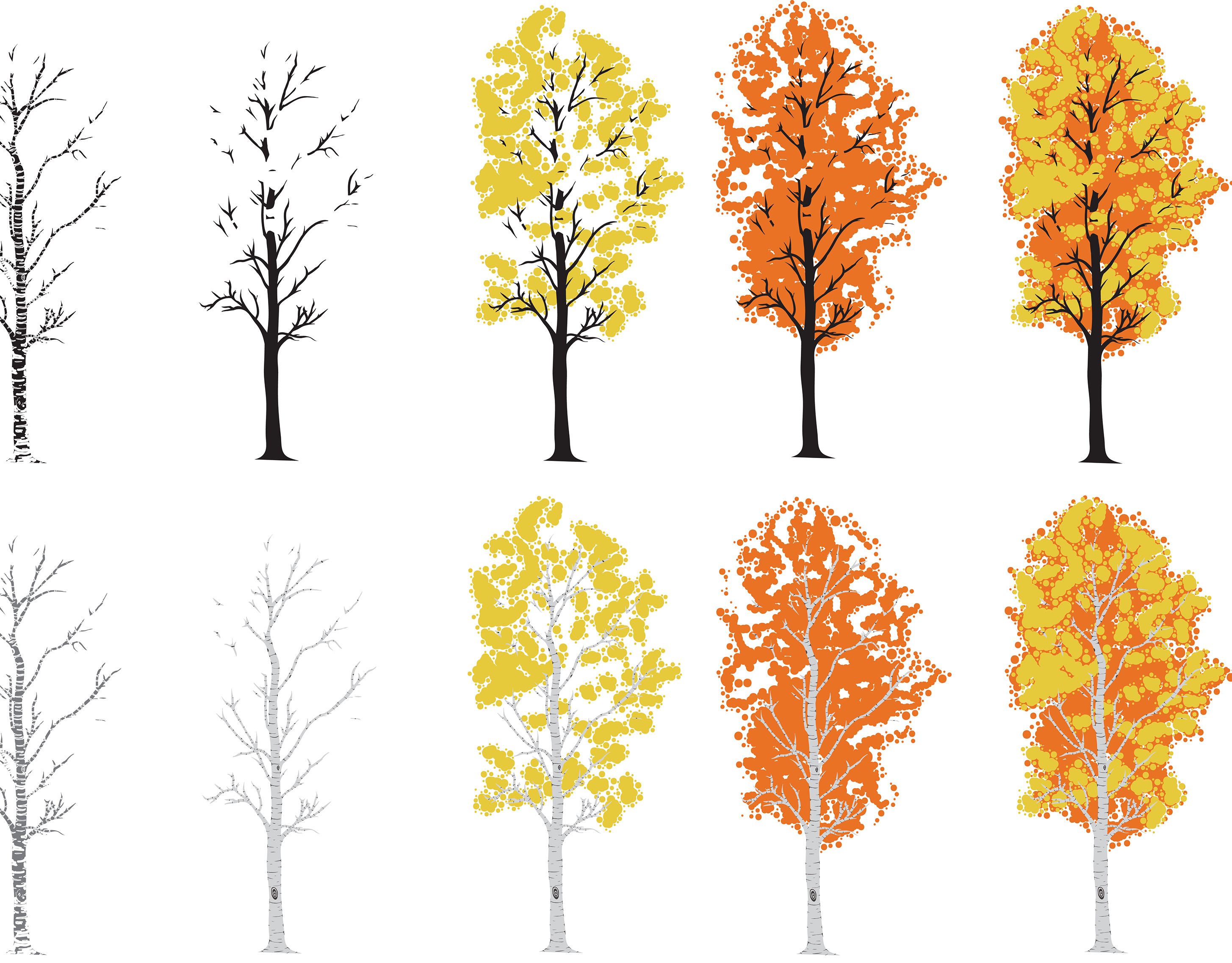The Soviet Union brought many advances in minimalism and abstract art creating a strong sense of nationalism in the socialist state, as well as introducing suprematism and constructivism. Below are descriptions of a series of posters inspired by the work of propaganda artists which played a big role in mass manipulation of the totalitarian state. The posters shown below are propaganda for the student by the student focusing on the financial struggle of going to RISD.
The geometric paintbrushes in the background of the poster were inspired by the works of Lazar Lissitzky's “Beat the Whites with the Red Wedge” 1920. Lissitzky’s use of abstract simple shapes was a very new approach to the socialist posters taking the normal cubist approach in a new direction. The composition of this poster is taken from Varvara Stepanova’s illustrations for The Red Army in 1938. These posters mostly portray stars in the center with soldiers and women in the background showing power and strength in numbers. This is shown through the RISD seal in the center with many brushes in the background.
The mindset for soviets is to always move up and make progress as a state which can be seen in many portraits such as “Let’s Crush the False Shock Workers” 1931. The poster which alludes to the same mindset of moving forward and using it to show those applying to RISD may not fully consider the financial impact. The poster “Everyone to the elections of the Soviets” 1930 Shows the hands with this same idea of progressing for the state.
The progressive mindset can be seen in this poster with the height of the people gradually getting taller and the ray of light similar to the works mentioned previously along with many others this can be seen in “Raise higher the banner of Leninism”1932. The phrase “You’re not special anymore” represents the realization students encounter when they come to RISD; finding that they are no longer the artistic creative kid but are now a portion of the collective. This phrase is meant to be powerful and provocative making the viewer able to relate to the mindset of the students.
Sources:
Rickards, Maurice. Posters of Protest and Revolution. Adams & Dart, 1970.
Schnapp, Jeffrey. Revolutionary tides: the art of the political poster, 1914-1989. Skira, 2005.
Paret, Peter, et al. Persuasive Images: Posters of War and Revolution from the Hoover Institution Archives. Princeton University Press, 1992.










